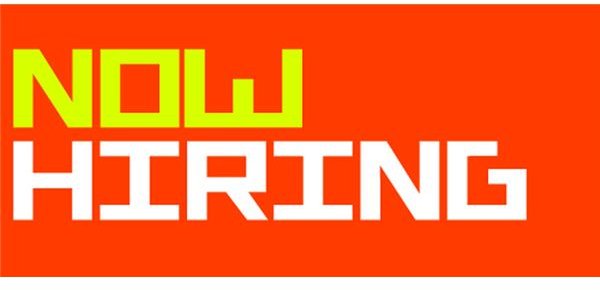A Guide to How Much Money Needed to Hire a First Employee
How Much Money Is Needed to Hire First Employee – An Overview
When determining how much money is needed to hire a first employee, you need to consider several factors associated with the employment process. A look at alternatives also helps to save money you may need to hire an employee. Speaking of alternatives, you can hire people who work from their own home instead of your business premises. Telecommuting spares you the expense of creating a work environment and procuring machines at your business premises. Similarly, if you hire freelance workers, you need not even fix a salary, thus avoiding many of the tensions associated with employment regulations. Another method is to hire a virtual assistant that can also help you save money.
In short, you can determine how much money is needed to hire first employee by checking out your options based on the nature of work involved for the employee. The following section talks about the different regulations associated with employee benefits, thereby helping you to determine the amount of money required to hire your first employee.
Recruiting, Hiring & Training Costs
When hiring your first employee, the foremost thing is to determine if your business is capable of handling the costs associated with employing people. You may want to check out if your business has crossed the break-even point. If it has, you can go ahead with hiring, after making sure that hiring an employee will bring in more money. If the business is not operating at the break-even point, you may end up paying the costs of hiring the first employee from your own pocket. It depends on your business strategy. Most people start hiring if they know that bringing in extra people will benefit the business.
To understand how much money is needed to hire a first employee, let’s look at the different factors associated with employing people in any business.
The first step would be to advertise the vacancy, screen applications, and interview the candidates. You may do it yourself or you can outsource the hiring process to third party hiring agencies. Hiring employees in a small business can be a tough task for new entrepreneurs. You need to make sure that you are hiring the right person for the job so that the money spent over the hiring process is not wasted.
After recruiting expenses, come the training expenses. Pre-job training helps the employee to understand the business process where s/he will be working. Other than pre-job training, you may also offer training regularly to increase the new hire productivity. You may opt to offer the training yourself or you can hire a trainer, depending upon your budget and capabilities.
For onsite employees you will also have to incur the expense of creating an effective employee handbook and work with your insurance company to develop a safety plan.
Insurances, Taxes & Benefit Costs

The most important factor pertaining to employment is the basic salary. You have to research your industry and see the minimum salary/wages that others are paying to their employees. Several resources are available online that help you check out what others are paying in the field. You can also consult various publications that offer a range of salaries in your business area.
Hiring an employee also brings in unemployment insurance, taxes, and other insurances. According to US Department of Labor, you have to keep the unemployment insurance tax provision if you paid wages equaling or more than $1,500 in any quarter of a calendar year or if you have hired at least one person during 20 weeks of a calendar year. Unemployment insurance taxes are currently 6.2 percent on a $7,000 salary. Other insurances include life insurance coverage (currently $150 for $50,000 salary), long term disability insurance ($250 on $50,000 salary), and health coverage (currently, $2K to $3K for singles and $6K to $7K for families).
Along with the basic salary, you also need to check out the Social Security and Medicare taxes. The Social Security taxes are stated at 6.2 percent on the first $90,000 of salary. Similarly, the Medicare comes around 1.45 percent of salary. Other than these taxes, the workmen’s compensation has to be taken care of: 0.3 percent of salary for clerical staff and 7.5 percent of salary for manufacturing staff. Keep in mind that as the employer, not only must you withhold and pay Social Security and Medicare taxes from each paycheck, you must match that contribution and pay what are called 941 employee taxes.
Finally, for in-house staff, you have to provide proper working space and facilities. The facilities may include computers and other machines – telephones, etc. With computers, you also need software. You may also be using a LAN so you have to think of those expenses too.
The above gives you a rough idea of how much money is needed to hire a first employee. The total costs include the basic salary plus approximately 1.75% of that basic salary (to cover insurances and other taxes/facilities and equipment).
Image Credit: (Morgue File)
